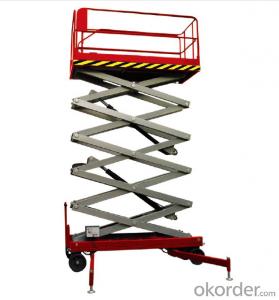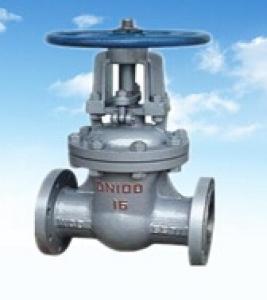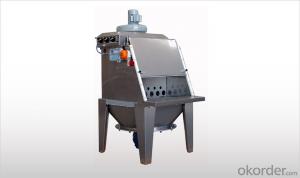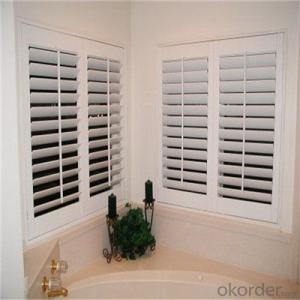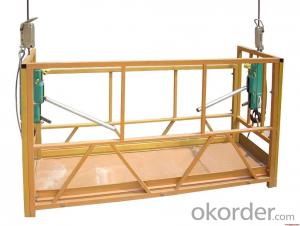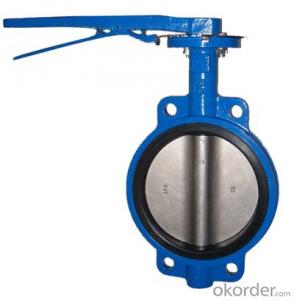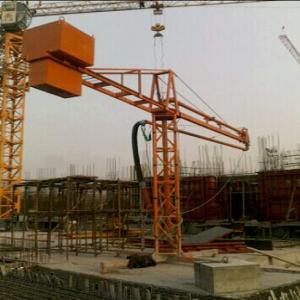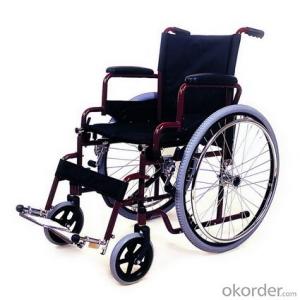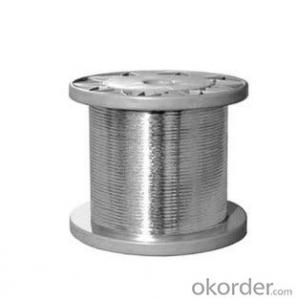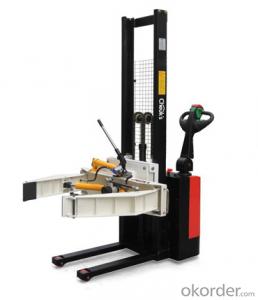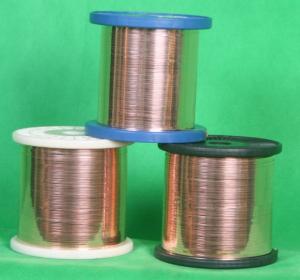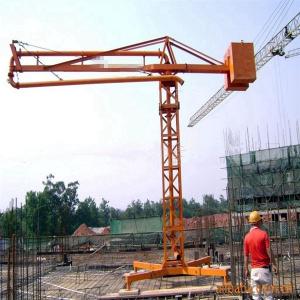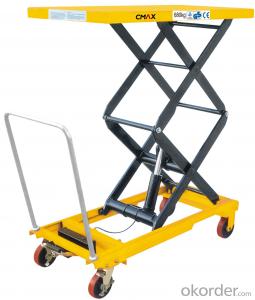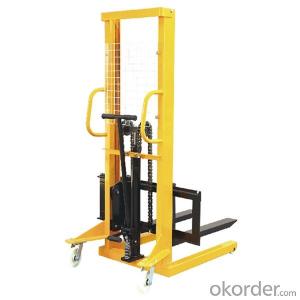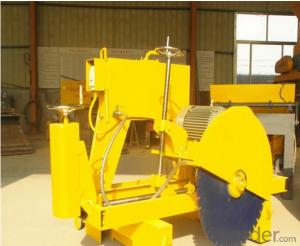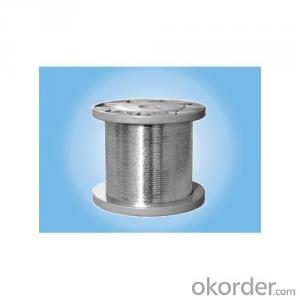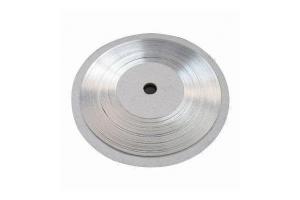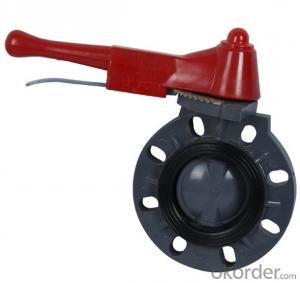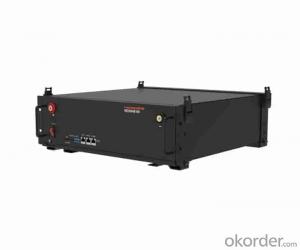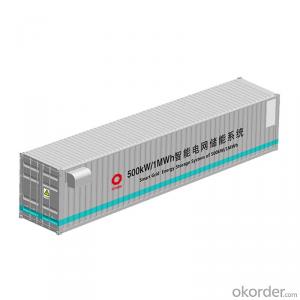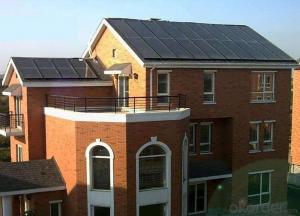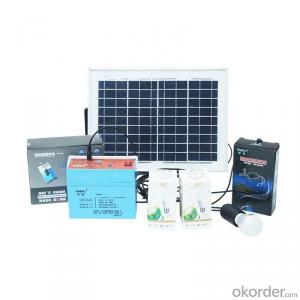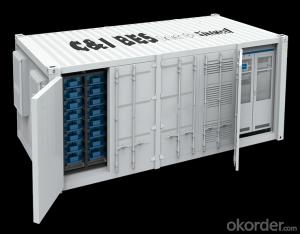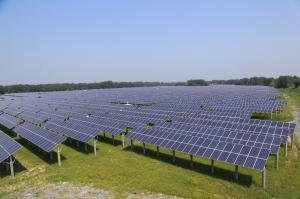Kingone K5 Manual
Kingone K5 Manual Related Searches
Solar System Inverter For Home Home Solar System Inverter Solar Power Inverter 500w 500w Solar Inverter Kingone K5 Bluetooth Speaker SpecsHot Searches
Second Hand Scaffolding Poles For Sale Pedestal Fan With Water Spray Price High Mast Light Price List Philips High Mast Lighting Price List Bajaj High Mast Lighting Price List Bike Gps System Price In India Outdoor Led Screen Price Coronation Hot Water Bottle Price Price Of Water Cooler Solar Module Wholesale Price Evacuated Tube Solar Collectors Price Abb 50 Kw Solar Inverter Price Wholesale UPVC Pipe Price Philippines Mtn Lumos Solar Inverter Price Lorentz Solar Pumps Price Alcoa Aluminum Stock Price Today Aluminum Skirting Price Price Of Century Plywood 19Mm pvc resin price index Lasani Wood Sheet PriceKingone K5 Manual Supplier & Manufacturer from China
Okorder.com is a professional Kingone K5 Manual supplier & manufacturer, offers integrated one-stop services including real-time quoting and online cargo tracking. We are funded by CNBM Group, a Fortune 500 enterprise and the largest Kingone K5 Manual firm in China.Hot Products
FAQ
- Solar energy systems necessitate a specific amount of wiring, which is contingent on the size and intricacy of the system. Generally, wiring is indeed necessary in solar energy systems to link the solar panels to the inverter and subsequently to the building's electrical panel. This wiring is crucial in transmitting the electricity generated by the solar panels to the appliances and electrical loads in the building. The quantity of wiring required is also influenced by the placement of the solar panels and the distance between the panels and the building's electrical panel. If the panels are installed on the roof, additional wiring might be essential to connect the panels to the inverter, typically positioned inside the building. Conversely, if the solar panels are ground-mounted near the building, the wiring distance may be shorter, resulting in a reduced amount of wiring needed. Furthermore, the complexity of the system can also impact the wiring requirements. For instance, if the system incorporates battery storage or if it is a grid-tied system with net metering, extra wiring might be necessary to connect the batteries or the utility meter. In summary, although some wiring is necessary in solar energy systems, the quantity can fluctuate based on factors such as system size, location, and complexity. It is always advisable to consult with a professional solar installer to evaluate your specific requirements and ascertain the appropriate amount of wiring needed for your solar energy system.
- Yes, there are some safety concerns associated with solar energy systems. These concerns include potential electrical hazards during installation or maintenance, fire risks due to faulty wiring or improper installation, and the release of hazardous materials during the manufacturing or disposal of solar panels. However, it is important to note that these risks can be minimized through proper installation, regular maintenance, and adherence to safety standards and regulations.
- Yes, solar energy systems can be installed on sports stadiums. Many sports stadiums around the world have successfully implemented solar energy systems to generate renewable and clean electricity. These systems are typically installed on the roofs of stadiums or in nearby open areas to maximize sunlight exposure. By harnessing solar power, sports stadiums can reduce their reliance on fossil fuels, lower their carbon footprint, and contribute to a more sustainable future.
- Yes, there are risks of electrical hazards during the installation or maintenance of solar energy systems. Solar energy systems involve working with high-voltage DC (direct current) electricity, which can pose dangers if not handled properly. Some of the potential risks include: 1. Electrocution: Solar panels generate electricity, and if not isolated or disconnected properly, there is a risk of electrocution for individuals working on the system. 2. Fire Hazards: Faulty wiring, loose connections, or improper installation can lead to electrical arcs and sparks, which can ignite a fire if proper precautions are not taken. 3. Falls and Injuries: Solar panels are typically installed on rooftops, which may involve climbing ladders, working at heights, and handling heavy equipment. If not done with caution, it can result in slips, falls, or injuries. 4. Arc Flash: When working on live electrical equipment, there is a risk of arc flash, which is a sudden release of energy that can cause severe burns, hearing damage, and even death. 5. Environmental Risks: While not directly related to electrical hazards, it is essential to consider potential environmental risks during the installation of solar energy systems. For instance, improper disposal of hazardous materials used in solar panels, such as lead, cadmium, or other toxic substances, can harm the environment if not handled correctly. To mitigate these risks, it is crucial to follow proper safety protocols and guidelines during the installation and maintenance of solar energy systems. This includes wearing personal protective equipment (PPE), ensuring proper grounding and isolation procedures, using insulated tools, and following all local electrical codes and regulations. It is also recommended to hire trained and certified professionals for the installation and maintenance to minimize the risks associated with electrical hazards.
- Certainly, it is possible to install a solar energy system on a government building or facility. In fact, numerous governments worldwide have actively advocated for and implemented renewable energy initiatives, specifically solar power, on their establishments. The installation of solar panels on government buildings not only aids in reducing carbon emissions and dependence on fossil fuels but also sets a positive example for the community and encourages the adoption of clean energy technologies. Moreover, solar energy systems can assist governments in saving money on electricity bills in the long term while providing a more sustainable and resilient energy source. All in all, the installation of solar energy systems on government buildings is a feasible and increasingly favored choice for promoting clean energy and combating climate change.
- Yes, solar energy systems can be used in areas with strict building codes or historical preservation restrictions. In such cases, the installation of solar panels may require careful planning and compliance with specific guidelines to ensure architectural aesthetics and historical significance are preserved. This can be achieved through the use of alternative mounting options, such as ground-mounted or solar carport systems, that do not impact the building's exterior. Additionally, advancements in solar technology have allowed for the development of sleek and discreet panels that blend seamlessly with the surrounding architecture, making them more acceptable in historically preserved areas.
- Yes, solar energy systems do require maintenance. Regular maintenance, such as cleaning the panels, checking for any damage or malfunctions, and ensuring proper functioning of the system, is necessary to maintain the efficiency and longevity of the solar energy system. Additionally, periodic inspections by professionals can help identify and address any potential issues before they become major problems.

